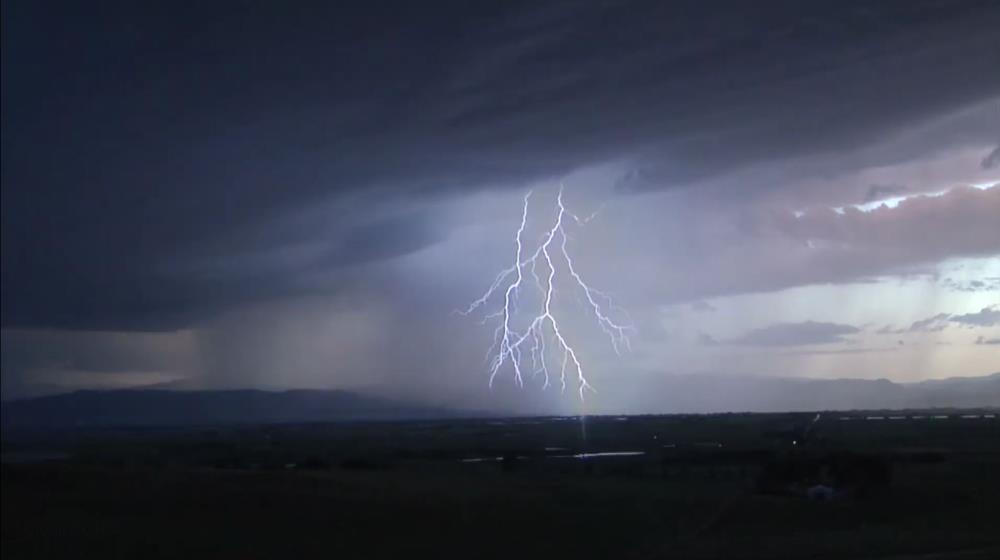
Related items loading ...
Section 1: Publication
Publication Type
Journal Article
Authorship
Kim, R. S., Kumar, S., Vuyovich, C., Houser, P., Lundquist, J., Mudryk, L., Durand, M., Barros, A., Kim, E. J., Forman, B. A., Gutmann, E. D., Wrzesien, M. L., Garnaud, C., Sandells, M., Marshall, H.-P., Cristea, N., Pflug, J. M., Johnston, J., Cao, Y., Mocko, D., and Wang, S.
Title
Snow Ensemble Uncertainty Project (SEUP): Quantification of snow water equivalent uncertainty across North America via ensemble land surface modeling
Year
2020
Publication Outlet
The Cryosphere Discuss.
DOI
ISBN
ISSN
Citation
Kim, R. S., Kumar, S., Vuyovich, C., Houser, P., Lundquist, J., Mudryk, L., Durand, M., Barros, A., Kim, E. J., Forman, B. A., Gutmann, E. D., Wrzesien, M. L., Garnaud, C., Sandells, M., Marshall, H.-P., Cristea, N., Pflug, J. M., Johnston, J., Cao, Y., Mocko, D., and Wang, S. 2020: Snow Ensemble Uncertainty Project (SEUP): Quantification of snow water equivalent uncertainty across North America via ensemble land surface modeling, The Cryosphere Discuss.,
https://doi.org/10.5194/tc-2020-248, in review.
Abstract
The Snow Ensemble Uncertainty Project (SEUP) is an effort to establish a baseline characterization of snow water
equivalent (SWE) uncertainty across North America with the goal of informing global snow observational needs. An ensemblebased modeling approach, encompassing a suite of current operational models, is used to assess the uncertainty in SWE and
25 total snow storage (SWS) estimation over North America during the 2009-2017 period. The highest modeled SWE uncertainty
is observed in mountainous regions, likely due to the relatively deep snow, forcing uncertainties, and variability between the
different models in resolving the snow processes over complex terrain. This highlights a need for high-resolution observations
in mountains to capture the high spatial SWE variability. The greatest SWS is found in Tundra regions where, even though the
spatiotemporal variability in modeled SWE is low, there is considerable uncertainty in the SWS estimates due to the large areal
30 extent over which those estimates are spread. This highlights the need for high accuracy in snow estimations across the Tundra.
In mid-latitude boreal forests, large uncertainties in both SWE and SWS indicate that vegetation-snow impacts are a critical
area where focused improvements to modeled snow estimation efforts need to be made. Finally, the SEUP results indicate that
SWE uncertainty is driving runoff uncertainty and measurements may be beneficial in reducing uncertainty in SWE and runoff,
during the melt season at high latitudes (e.g., Tundra and Taiga regions) and in the Western mountain regions, whereas
35 observations at (or near) peak SWE accumulation are more helpful over the mid-latitudes.
Plain Language Summary


 GWFNet
GWFNet Master
Master Data
Data Research
Research Map
Map
 Advanced
Advanced . . .
. . .

 Metadata Editor
Metadata Editor
 Record List
Record List
 Alias List Editor
Alias List Editor
 Legacy sites
Legacy sites